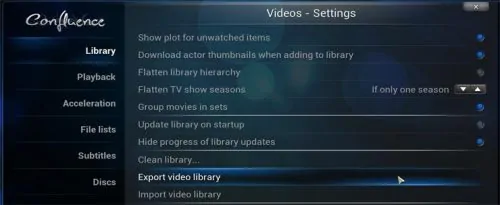
Subsequently an unRAID process called the mover copies the data from the cache to the array at time and frequency of your choosing. Because this device is not a part of the array, the write speed is unimpeded by parity calculations. When data is written to a user share that has been configured to use the cache device, all of that data is initially written directly to the dedicated cache device.

Generally speaking, by using a cache alongside an array of 3 or more devices, you can achieve up to 3x write performance. The cache drive feature of unRAID provides faster data capture. Since hard drives store data as zeroes and ones, when a drive fails the parity compares the binary data on all the surviving drives and can deduce the missing data to rebuild. While it seems mind boggling that one drive can possibly back up other drives that have way more storage capacity than the parity, it is able to reconstruct the missing data from a failed drive using binary logic called XOR (eXclusive-OR).

A parity device provides a way for you to reconstruct data from a failed disk onto a new one. The primary concept behind an unRAID array is its ability to manage an aggregate of disk devices (JBOD) that is protected by a dedicated parity device. unRAIDs storage capabilities are broken down into three components: the array, the cache, and the user share file system. In addition, by eliminating the use of traditional RAID-based technologies, we can scale on-demand by adding more disks and without needing to rebalance data.

The benefit is unRAIDs ability to boot on nearly any x86 64-bit capable system and manage an array of disks that vary in size, speed, brand, and protocol. Where many competitors have focused on creating an appliance offering, unRAID has taken a hardware-agnostic approach to network-attached storage. Lime Tech unRAID Server OS 6.5.3 | 290.69 MB


 0 kommentar(er)
0 kommentar(er)
